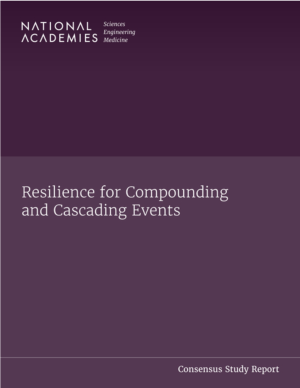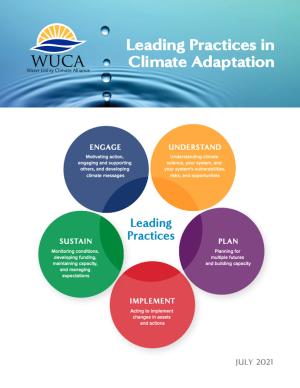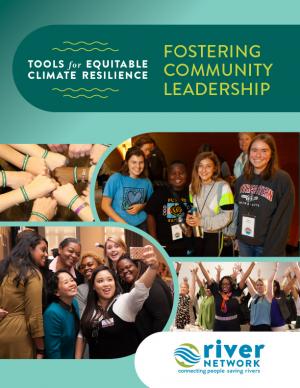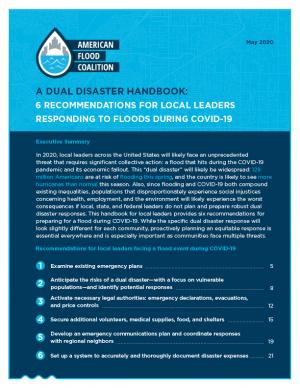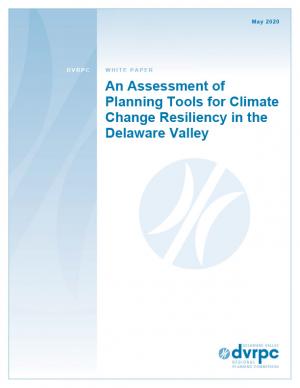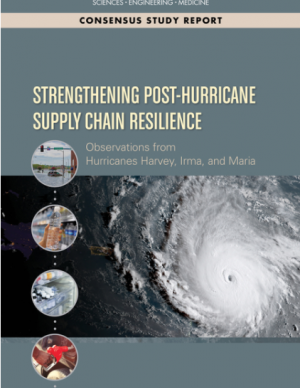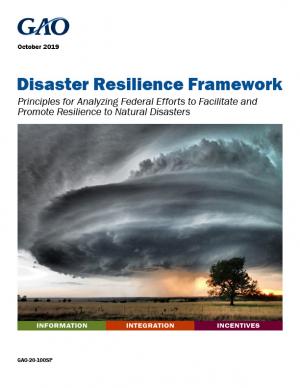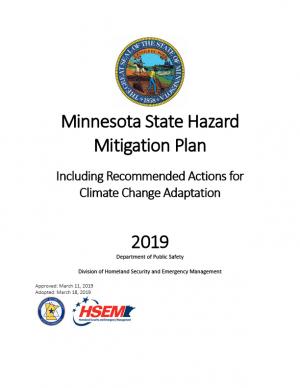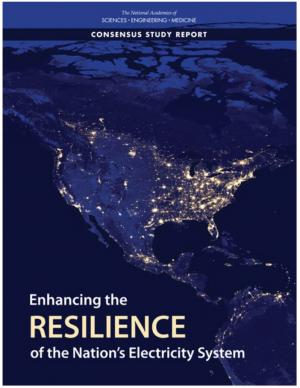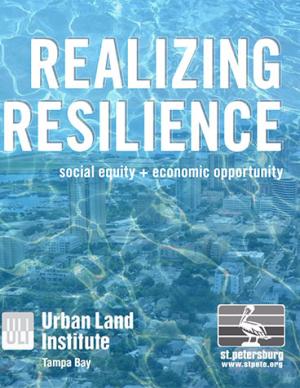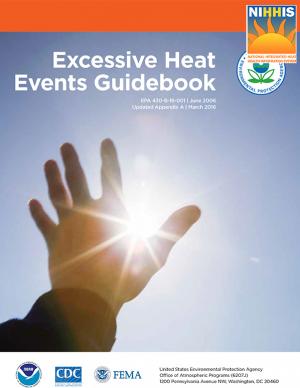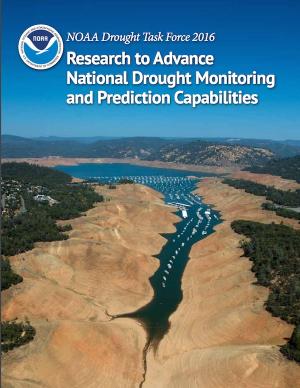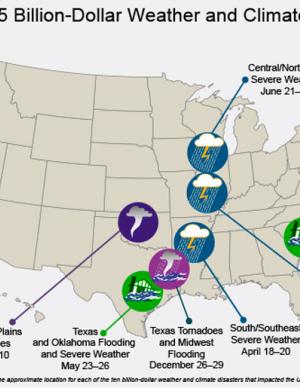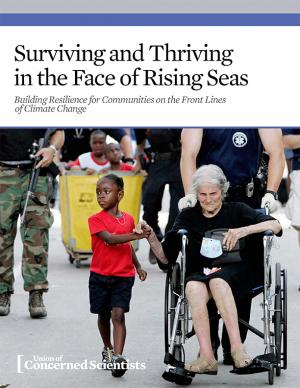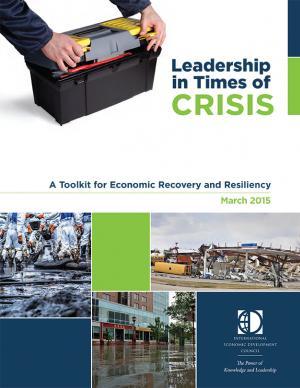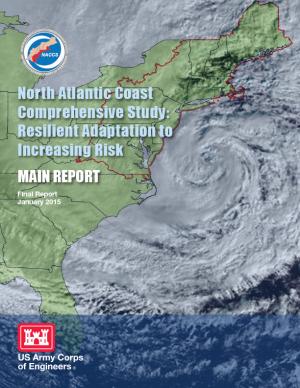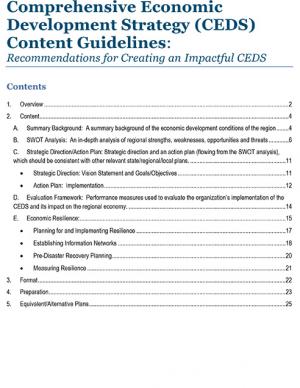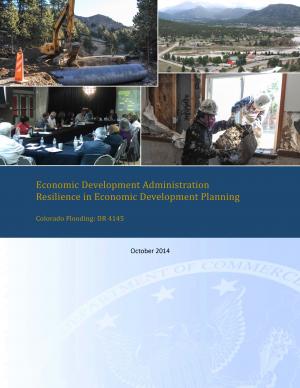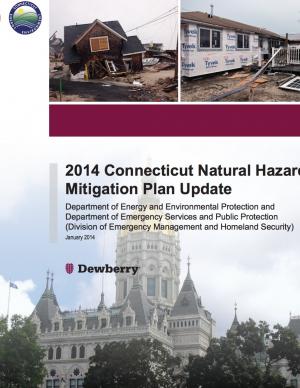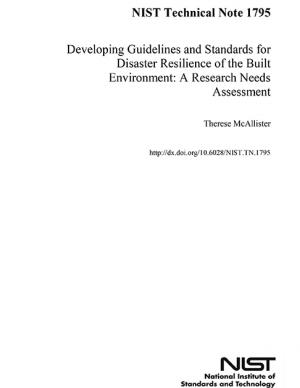There was a time not long ago when disasters would strike one at a time, and communities would have time to recover and rebuild. Today, however, there is a new normal where disasters most do not occur as isolated events and instead seem to pile on one another. They often unleash new devastation on a community before it has had a chance to recover from the prior disaster. This report, developed by National Academies' Resilient America Program's Committee on Hazard Mitigation and Resilience Applied Research Topics summarizes three applied research approaches in hazard mitigation and resilience field and provides four foundational themes to consider throughout research efforts.
The four foundational themes of future research identified include:
- compounding and cascading disasters are the new normal
- legacy conditions need to be assessed, evaluated, and addressed
- researchers need to practice codesign with communities, starting with pain points and impacts and working backward to solutions
- relentless resilience, or the ability to function throughout a series of disruptive events, is critical for a future marked by compounding and cascading events.
This is the second of two consensus study reports developed to assist FEMA in reducing the immense human and financial toll of disasters caused by natural hazards and other large-scale emergencies.
Click here to view a summary and key findings from this report >>

